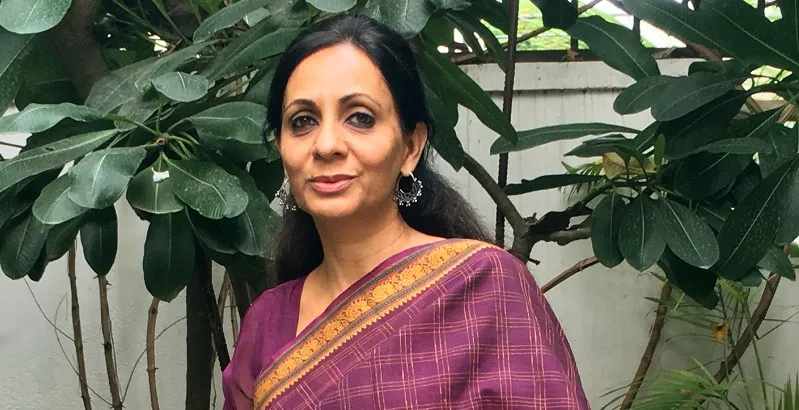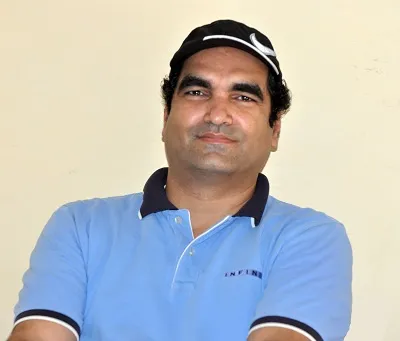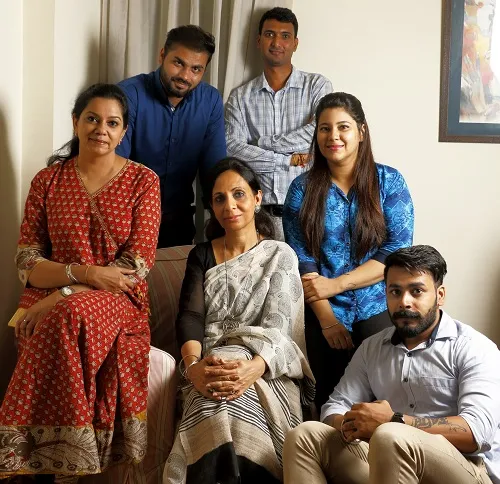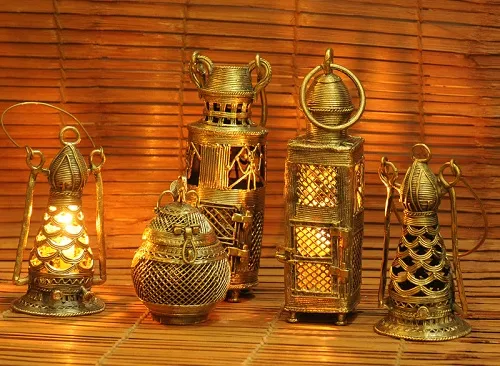Gurugram-based The India Craft House is changing livelihood of Indian artisans
It is a social enterprise, which wants to create a fair trade platform and support artisans across the country.

Indian handicraft products are universally adored, but the industry is seeing a decline as younger generation of artisans are looking elsewhere for more lucrative options. Since the products – sold in India and abroad – are often expensive, the customer base is niche too. However, these aesthetically appealing crafts never lost interest among art lovers.
A few years ago, Gurugram-based Sona Puri, Prakash Bhalekar and Shailesh Bishnoi decided to exploit the rapidly-growing ecommerce industry to the benefit of artisans. The trio – all former colleagues in the automotive sector and now in their 40s - launched an online shopping platform for handicrafts called The India Craft House (TICH) in 2013. It is a social enterprise, which wants to create a fair trade platform and support artisans across the country.
Both Prakash and Shailesh are mechanical engineers from IIT-Bombay, and Sona is an advertising/marketing professional. Prakash holds an MBA from Penn State University, US, and heads an automotive firm in Gurugram and earlier co-founded a solar solutions company.

Sona, who spent most of her childhood in Kolhapur, was inspired by the works of craft activist Laila Tyabji and politician-cum-handicrafts curator Jaya Jaitly of Dastkari Haat Samiti.
During her career in rural advertising, she often travelled to the hinterlands, which further strengthened her connect with rural India.
Sona believes that enabling the artisans to reach new markets, and providing them with repeat orders, will help make craft a lucrative work option. There is a huge gap in the market for artisans to fill. So, this initiative could save a dying art and cater to a global audience at the same time. TICH is currently backed by angel investors.
Monetisation strategy
Handicrafts are often perceived to be expensive. Since it is not a necessity, it is subject to many layers of decision making. While ecommerce today is dominated by personal products and gadgets, TICH’s biggest challenge was to make craft buying an equally attractive proposition.
Its popular categories include home décor, corporate gifts and women’s accessories like stoles, jewellery and bags.
The average price of TICH’s products is in the range of Rs 500 to Rs 5,000 and the average basket size is between Rs 2,500 to Rs 3,500. They source products from across the country and deliver globally.
TICH follows an inventory-based model, where it buys the products from artisans directly rather than function as a marketplace. This model was the choice because each piece is unique and hence more difficult to replicate (as compared to machine-made products). Also, being hand crafted, these products require a minimum lead time for production.
“We are targeting village level artisans too, not just the ones with access to traders and exporters. The sense of responsibility is huge for us when a small artisan in a remote village - whether in Gujarat or in Tamil Nadu - connects with us looking for help …or for orders. That becomes the motivation,” says Sona.

Resources and resourcefulness
Forging alliances and engagements with artisans and other enterprises is an ongoing journey for TICH. Its partners include the Dastkari Haat Samiti, which has been in this space for close to three decades, along with some NGOs and local craft bodies.
The core team of TICH is limited to 12 people, which is a mix of employment and contract-based work arrangements.
For ICH, keeping overhead costs low is the only way to manage cash burn. “However, beyond a point, the cash burn cannot be contained too much when it comes to our product base, since we have to necessarily support our artisan with upfront purchases,” says Sona.
The inventory model demands travelling to various locations, and a supply chain directly linked with the artisans and NGOs.
Sona claims that the company juggles resources effectively, and has so far been able to sustain operations well. However, she adds that extra financial resources would have fast-tracked the growth of this enterprise. Marketing is expensive, but helps increase awareness and reach a wider audience.
Not a lone player
Quite a few craft-based ecommerce sites such as – Festivya, CraftsBazaar and GoCoop - have mushroomed in the last few years. While they are business competitors for TICH, Sona says that collectively it makes for more offerings, benefitting the craft industry as a whole.

However, Sona claims that TICH’s main differentiator is the kind of products and scale of the range. They are also stringent about sourcing norms and ensure that artisans benefit directly at fair prices.
“It is quite difficult to comment on the procurement methodology of other players and therein may perhaps lies another fundamental difference… Is it authentic craft? Has it been ethically sourced? Also, there would perhaps be very few who actually invest in inventory as we do,” she adds.
TICH also provides personalised products for events like weddings or for corporate gifting, décor and stores. They claim to have developed corporate gifting products for large events like the BRIC (Brazil, Russia, India and China) conference and a royal wedding in the middle-east combining two different craft forms.
Currently, TICH has over 100 categories and close to 3,000 SKUs. These are dynamic, since the products are continually changing. “There would also be a large variety of products that may not be uploaded on our website, but we would still be having them for other offline customers,” Sona adds. (Although TICH has no offline store, they have offline customers from within India and overseas who get in touch via email or telephone.)

A thing of beauty
When it comes to growth, TICH’s current focus is on building value and not GMV. “Our mission is to ensure fair prices for our artisans, while gradually building a self-sustaining enterprise. We look forward to sensitise people to the need to promote craft and support artisans,” says Sona.
But TICH is not a non-profit. No business can sustain without generating revenue in the long run.
According to Sona, TICH’s growth fluctuated from a 50 percent growth in their first year to 100 percent in the second year. However, it faced a dip in the third year. “We subsequently stabilised at close to 85 percent Y-o-Y last year,” she says.
Sona is confident that a thing of beauty will always find a market. So far, only traditional craft has found its way to the export category. Sona believes that there is a whole new world of craft in the making that can lead to newer markets and revival of artisans.

In FY19, TICH aims to design and develop a new range of products in women’s apparel, while expanding its traditional product line. Additionally, they are creating a new contemporary line of craft products to avoid becoming commonplace.
The Indian handicrafts sector is one of the largest employment generators in the country, and also makes up a significant share of exports.
According to the IBEF, the export of handicrafts from India in FY2018 was worth $3.5 billion. TICH is now opening its door to seven million artisans depending on handicrafts for their livelihood.







